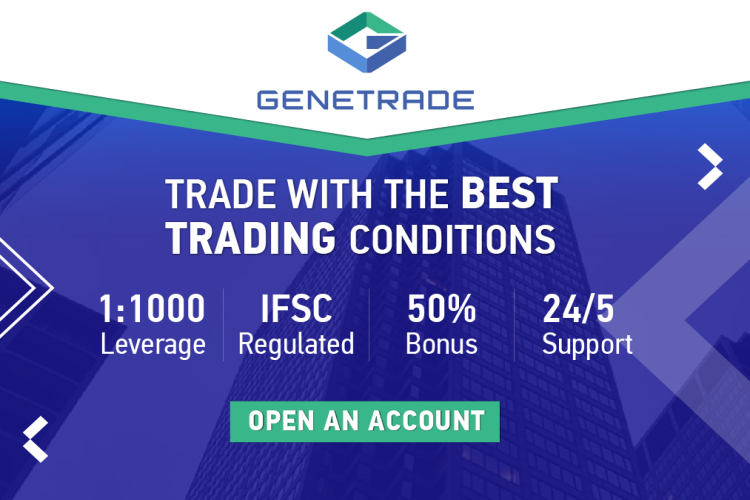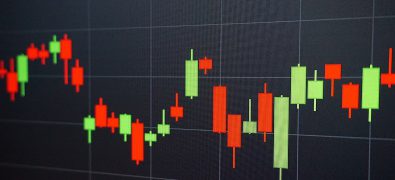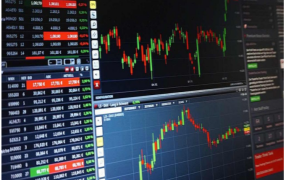Description
This course discusses technical analysis in-depth which will be essential in your success as a trader.
Expect extremely complex concepts, terminologies, and calculations, as technical analysis is covered extensively. But do not worry! A practical approach is employed to facilitate better understanding and ensure that the concepts tackled are transferable in real life situations.
An overview of the principles of technical analysis will kick off the course, which will be followed by an in-depth discussion of charts (e.g. bar chart, candlestick chart) and trends. Trendlines, channels, supports, and resistances are extensively discussed to lay a good foundation for the next modules, which will cover patterns and analysis. Moving averages, momentum oscillators, volatility indicators, average directional index (ADX), Ichimoku Kinko Hyo, parabolic stop and reverse (SAR), and other charting techniques will be covered to discuss to highlight the value of each in determining trends, trend changes, trend direction, trend strength, price changes/patterns/movements, and many more.
By the end of this course, you should be able to have a basic understanding of the different techniques used for technical analysis.
This course is somewhat complex so it is recommended that students have a basic understanding of the workings of financial markets.
What you get
The principles of technical analysis
The Dow Theory
The difference between a “line chart,” a “bar chart,” and a “candlestick chart”
Why the “bar chart” is widely used in technical analysis
Understand why candlestick charts are more popular than ever
The difference between a “bearish” and a “bullish” candle
The “reversal” pattern
The different types of candlesticks including “doji,” “evening star,” “hammer,” and many more
How “trend directions” (i.e. uptrend, downtrend, range) influence a trader’s decision making process
When to “buy,” “sell,” or “do nothing”
“Trendlines” and how to find them
How the directions of a trendline affect the formation of a “bearish price channel” or “bullish price channel”
“Supports,” “resistances,” and how traders use as signals to buy or sell
Finding support and resistance levels through the use of pivot points (e.g. Fibonacci pivot, standard pivot)
What are “Fibonacci numbers”
Understanding the value of the “golden ratio,” “golden rectangle,” and “golden spiral”
Using Fibonacci numbers to determine supports and resistances in uptrends and downtrends
Spotting trend reversal patterns such as “head and shoulders,” “double top/bottom,” “bull trap,” “bear trap,” “triple top/bottom,” “diamond reversal,” and “rounding top”
Major continuation patterns such as “triangles,” “wedges,” “flags and pennants,” and “rectangles”
How continuation patterns can signal a bullish or bearish trend
“Moving averages” and how it’s calculated
The importance of identifying “MACD” and “MACD histogram” as signals for trend changes
The different types of momentum oscillators including “relative strength index (RSI),” “intraday momentum index (IMI),” “rate of change (ROC) or momentum indicator,” “stochastic oscillator,” and the “commodity channel index (CCI)”
Why trend reversal in momentum does not always equate to a price reversal
The importance of “volatility”
Measures of volatility including “standard deviation,” “moving average envelopes,” “Bollinger bands,” and the “average true range”
The “average directional index (ADX)” and how it is used in predicting the strength of a trend
The “directional movement system” and how it is used by traders to identify if the market is trending before providing signals for trading the trend
Spotting trends and potential buy or sell signals at “a glance” or “one look”
What a “parabolic SAR” is and how long or short positions are entered
How the “parabolic SAR” can be used as a trailing stop-loss technique for money management
Other charting techniques such as “Heiken Ashi candlesticks,” “EquiVolume charts,” “point and figure charts,” and “Renko charts”
Understand how an “EquiVolume chart” can help in volume analysis
Course Curriculum
Welcome to the course! This module will give you an overview of what technical analysis is, its principles, and why it is useful. You will learn the importance of market action and trends. It will serve as a foundation of the 18-part course that will be essential in your success as a trader.
This module expounds on the different types of charts employed in technical analysis, which include line charts, bar charts, and candlestick charts. You can expect to learn the difference between the three charts and find out the different information you can acquire from each.
This module expounds on the basics of bar formations and candlestick formations. Bar chart patterns such as a bullish key reversal and bearish key reversal and the different types of candlestick patterns such as doji, evening star, hammer, and many more, will be discussed in-depth. You can expect to have a basic understanding of the different patterns and candlesticks by the end of this module.
This module expounds on the basics of trends, trend directions, and how it affects a trader’s decision. You will learn the value of the different market directions (i.e. uptrend, downtrend, range). You can expect to learn how market movements affect a trader’s decision-making process.
This module expounds on what trendlines and price channels are. You will learn how the direction of trendlines can confirm and signal a trend and the significance of the formation of price channels in response to the direction of a trendline. You will also learn about trendlines of different degrees and how trendlines can be spotted. An overview of how support zones and resistance zones relate to trendlines is discussed. You can expect to have a basic understanding of how trendlines and price channels affect each other by the end of this module.
This module expounds on what supports and resistances are and its importance as a potential signal for traders to buy or sell. You will learn the different methods of identifying supports and resistance levels through the use of previous tops and bottoms, pivot points (e.g. Fibonacci pivot), and many more. You can expect to learn the value of supports and resistances by the end of this module.
This module expounds on the application of Fibonacci numbers to find supports and resistances. An overview of the history of the Fibonacci series is included, along with how Fibonacci numbers can be applied to uptrends and downtrends to determine supports and resistances. A practical approach is undertaken to facilitate better understanding of this somewhat complex topic.
This module expounds on the different types of reversal patterns including head and shoulders, double tops and bottoms, bull and bear traps, triple tops and bottoms, diamond reversal, and rounding tops. You can expect to learn how to identify trend reversal patterns and how you can incorporate it into making informed trading decisions.
This module expounds on the various types of continuation patterns including triangles, wedges, pennants, flags, and rectangles. You will learn the subtypes of each pattern type and whether it is bullish, bearish, or both. You can expect to have a basic understanding of continuation patterns and how it, along with trading volume, can be used to determine price patterns.
This module expounds on moving averages and how it is used to identify the direction of a trend, along with support and resistance levels. You will learn how moving averages can be interpreted as a bearish or bullish signal. You will also learn how to calculate for moving averages, MACD line, and MACD histogram. You can expect to have a basic understanding of moving averages, the different techniques that can be used to interpret it, and the significance of the MACD and MACD histogram in signaling trend changes.
This module expounds on the main momentum oscillators including the relative strength index (RSI), the intraday momentum index (IMI), the rate of change (ROC) or momentum indicator, the stochastic oscillator, and the commodity channel index (CCI). You can expect to learn the basics of momentum oscillators and the different instances these indicators are best applied. Concepts in this module will serve as a good foundation for the next module, which will focus on oscillator analysis.
This module expounds on oscillator analysis. Momentum oscillators such as the RSI and IMI, which were previously discussed, will be analyzed using three dimensions – direction, area, and divergence. You can expect to learn in-depth about the different subtypes of the three dimensions, especially divergences, and why trend reversal in momentum does not always equate to a price reversal.
This module expounds on the different types of volatility indicators including the standard deviation, the moving average envelopes, the Bollinger bands, and the average true range. You will learn how some indicators are able to predict price direction as well, while some can only predict volatility. You can expect to have a basic understanding of the different volatility indicators and its individual value by the end of this module.
This module expounds on average directional index (ADX), how an ADX indicator is constructed, and how ADX signals are interpreted. You will learn how to calculate for the directional indicator - plus directional index (+DI) and minus directional indicator (-DI). The ADX, along with the +DI and -DI, create the average directional movement system which will be important in determining if the market is trending. You can expect to have a basic understanding of how the directional movement system can provide signals for trading a trend by the end of this module.
This module expounds on the Ichimoku Kinko Hyo charting technique. You will learn how to calculate for it and how to interpret its signals. You can expect to learn how to identify a trend and potential buy and sell signals by the end of this module at “a glance” or “one look.”
This module expounds on the parabolic stop and reverse (SAR) trend following indicator. You will learn why it works well in a trending market and how it’s used as a trailing stop-loss technique for money management. You can expect to have a basic grasp of how the prices’ position in the parabolic arc can be used to determine trends and how a long or short position is entered.
This module expounds on the more minor charting techniques including the Heiken Ashi candlesticks, Equivolume charts, point and figure charts, and Renko charts. You can expect to have a basic understanding of how the different charts are able to identify price patterns and movements, potential supports and resistances, continuations, and reversals.
Ratings
42 Ratings
Detailed Ratings
| 5 Stars | 86% | |
| 4 Stars | 14% | |
| 3 Stars | 0% | |
| 2 Stars | 0% | |
| 1 Stars | 0% |







